
Many people know Henry Ford for the Ford Motor Company, one of the most successful automotive companies of all time. However, what they don’t know is that Ford failed two times before that abruptly resulted in bankruptcies, prior to successfully launching the present incarnation of his company.
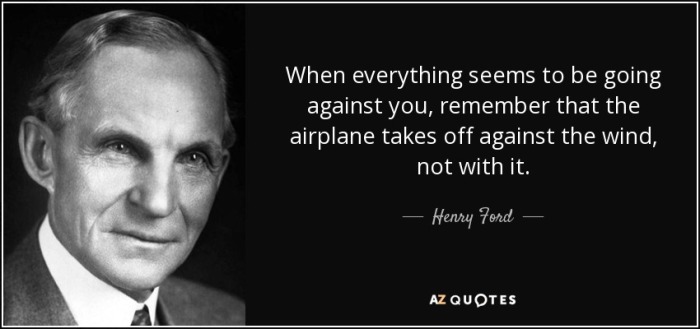
Ford is no stranger to failure, but he also didn’t give up. Yet, when we think about Ford, we don’t picture the failures because all it took was just succeeding one time. However, in 1899, at the age of 36 years old, Ford formed his first company, the Detroit Automobile Company with backing from the famed lumber baron, William H. Murphy. That company went bankrupt.
His second attempt was in 1901, when he formed the Henry Ford Company, which he ended up leaving with the rights to his name. That company was later renamed to the Cadillac Automobile Company. However, it was Ford’s third try, with the Ford Motor Company, that hit the proverbial nail on the head.
After that, we all know the story.And there is some who don’t know his story.So i will show you…………………………
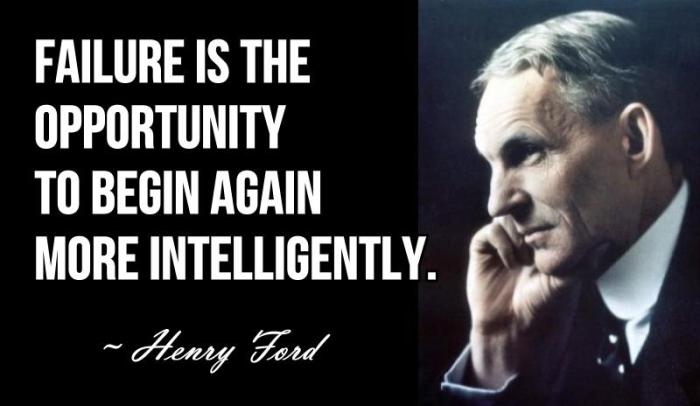
Early Life
Famed automobile manufacturer Henry Ford was born on July 30, 1863, on his family’s farm in Wayne County, near Dearborn, Michigan as the son of William Ford and Mary Ford.When Ford was 15 ,his father gifted him a pocket watch, which the young boy promptly took apart and reassembled. Friends and neighbors were impressed, and requested that he fix their timepieces too.
ord was devastated when his mother died in 1876. His father expected him to eventually take over the family farm, but he despised farm work.In 1879, Ford left home to work as an apprentice machinist in Detroit, first with James F. Flower & Bros., and later with the Detroit Dry Dock Co. In 1882, he returned to Dearborn to work on the family farm, where he became adept at operating the Westinghouse portable steam engine. He was later hired by Westinghouse to service their steam engines. During this period Ford also studied bookkeeping at Goldsmith, Bryant & Stratton Business College in Detroit
In 1891, Ford became an engineer with the Edison Illuminating Company. After his promotion to Chief Engineer in 1893, he had enough time and money to devote attention to his personal experiments on gasoline engines. These experiments culminated in 1896 with the completion of a self-propelled vehicle which he named the Ford Quadricycle. He test-drove it on June 4. After various test drives, Ford brainstormed ways to improve the Quadricycle.
Also in 1896, Ford attended a meeting of Edison executives, where he was introduced to Thomas Edison. Edison approved of Ford’s automobile experimentation. Encouraged by Edison, Ford designed and built a second vehicle, completing it in 1898. Backed by the capital of Detroit lumber baron William H. Murphy, Ford resigned from the Edison Company and founded the Detroit Automobile Company on August 5, 1899.However, the automobiles produced were of a lower quality and higher price than Ford wanted. Ultimately, the company was not successful and was dissolved in January 1901.
With the help of C. Harold Wills, Ford designed, built, and successfully raced a 26-horsepower automobile in October 1901. With this success, Murphy and other stockholders in the Detroit Automobile Company formed the Henry Ford Company on November 30, 1901, with Ford as chief engineer. In 1902, Murphy brought in Henry M. Leland as a consultant; Ford, in response, left the company bearing his name. With Ford gone, Murphy renamed the company the Cadillac Automobile Company.
Teaming up with former racing cyclist Tom Cooper, Ford also produced the 80+ horsepower racer “999” which Barney Oldfield was to drive to victory in a race in October 1902. Ford received the backing of an old acquaintance, Alexander Y. Malcomson, a Detroit-area coal dealer. They formed a partnership, “Ford & Malcomson, Ltd.” to manufacture automobiles. Ford went to work designing an inexpensive automobile, and the duo leased a factory and contracted with a machine shop owned by John and Horace E. Dodge to supply over $160,000 in parts.Sales were slow, and a crisis arose when the Dodge brothers demanded payment for their first shipment.
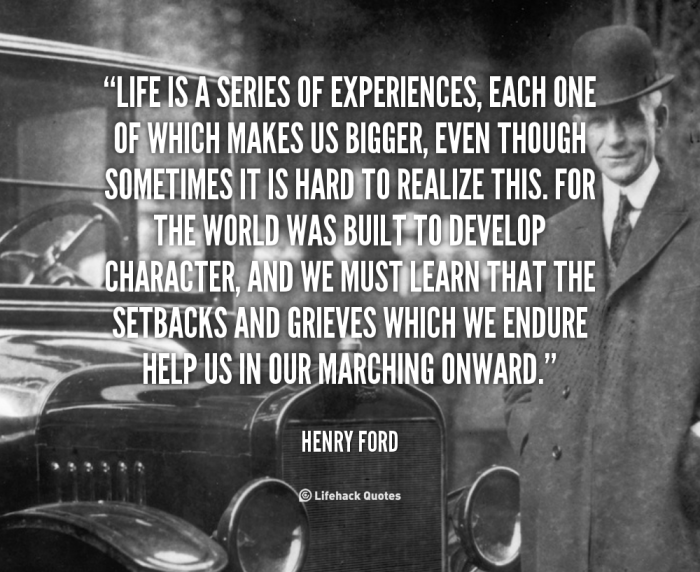
Ford Company
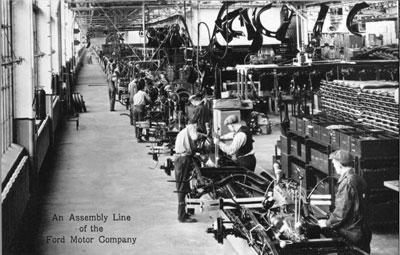
After a few trials building cars and companies, in 1903, Henry Ford established the Ford Motor Company with $28,000 capital.The original investors included Ford and Malcomson, the Dodge brothers, Malcomson’s uncle John S. Gray, Malcolmson‘s secretary James Couzens, and two of Malcomson’s lawyers, John W. Anderson and Horace Rackham. Ford then demonstrated a newly designed car on the ice of Lake St. Clair, driving 1 mile (1.6 km) in 39.4 seconds and setting a new land speed record at 91.3 miles per hour (146.9 kilometres per hour). Convinced by this success, the race driver Barney Oldfield, who named this new Ford model “999” in honor of the fastest locomotive of the day, took the car around the country, making the Ford brand known throughout the United States. Ford also was one of the early backers of the Indianapolis 500.
Ford introduced the Model T in October of 1908, and for several years, the company posted 100 percent gains.However, more than for his profits, Ford became renowned for his revolutionary vision: the manufacture of an inexpensive automobile made by skilled workers who earn steady wages.
It had the steering wheel on the left, which every other company soon copied. The entire engine and transmission were enclosed; the four cylinders were cast in a solid block; the suspension used two semi-elliptic springs. The car was very simple to drive, and easy and cheap to repair. It was so cheap at $825 in 1908 ($21,760 today) (the price fell every year) that by the 1920s, a majority of American drivers had learned to drive on the Model T.
Ford created a huge publicity machine in Detroit to ensure every newspaper carried stories and ads about the new product. Ford’s network of local dealers made the car ubiquitous in almost every city in North America. As independent dealers, the franchises grew rich and publicized not just the Ford but the concept of automobiling; local motor clubs sprang up to help new drivers and to encourage exploring the countryside. Ford was always eager to sell to farmers, who looked on the vehicle as a commercial device to help their business. Sales skyrocketed—several years posted 100% gains on the previous year. Always on the hunt for more efficiency and lower costs, in 1913 Ford introduced the moving assembly belts into his plants, which enabled an enormous increase in production. Although Ford is often credited with the idea, contemporary sources indicate that the concept and its development came from employees Clarence Avery, Peter E. Martin, Charles E. Sorensen, and C. Harold Wills. 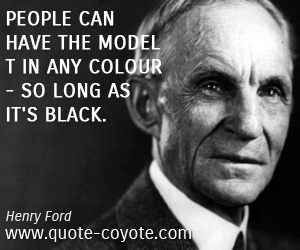
In 1914, he sponsored the development of the moving assembly line technique of mass
production. Simultaneously, he introduced the $5-per-day wage ($110 in 2011) as a method of keeping the best workers loyal to his company.Sales passed 250,000. By 1916, as the price dropped to $360 for the basic touring car, sales reached 472,000. Simple to drive and cheap to repair, half of all cars in America in 1918 were Model T’s.
Philosophy, Philanthropy and Anti-Semitism
From a social perspective, Henry Ford’s was marked by seemingly contradictory viewpoints. In business, Ford offered profit sharing to select employees who stayed with the company for six months and, most important, who conducted their lives in a respectable manner.
The company’s “Social Department” looked into an employee’s drinking, gambling and otherwise uncouth activities to determine eligibility for participation. Ford was also an ardent pacifist and opposed World War I, even funding a peace ship to Europe. Later, in 1936, Ford and his family established the Ford Foundation to provide ongoing grants for research, education and development. But despite these philanthropic leanings, Ford was also a committed anti-Semite, going as far as to support a weekly newspaper, The Dearborn Independent, which furthered such views.
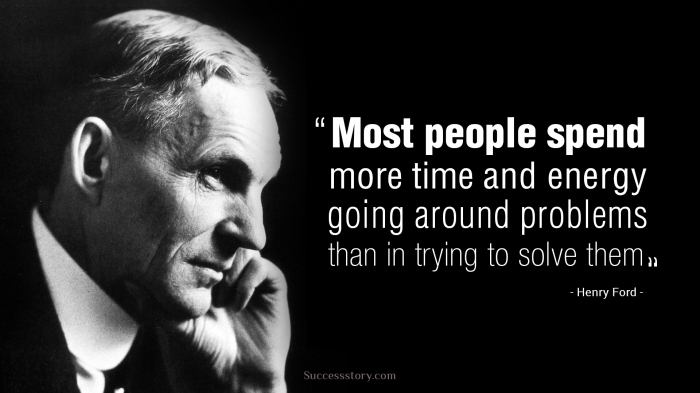
International business
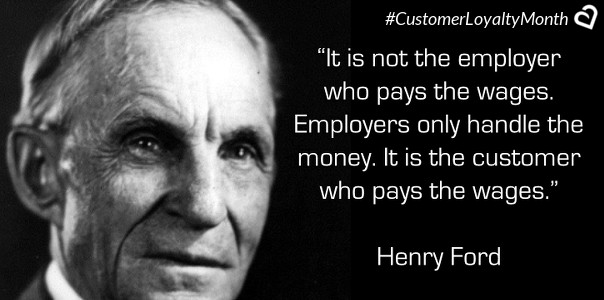
Ford’s philosophy was one of economic independence for the United States. His River Rouge Plant became the world’s largest industrial complex, pursuing vertical integration to such an extent that it could produce its own steel. Ford’s goal was to produce a vehicle from scratch without reliance on foreign trade. He believed in the global expansion of his company. He believed that international trade and cooperation led to international peace, and he used the assembly line process and production of the Model T to demonstrate it.
He opened Ford assembly plants in Britain and Canada in 1911, and soon became the biggest automotive producer in those countries. In 1912, Ford cooperated with Giovanni Agnelli of Fiat to launch the first Italian automotive assembly plants. The first plants in Germany were built in the 1920s with the encouragement of Herbert Hoover and the Commerce Department, which agreed with Ford’s theory that international trade was essential to world peace. In the 1920s, Ford also opened plants in Australia, India, and France, and by 1929, he had successful dealerships on six continents. Ford experimented with a commercial rubber plantation in the Amazon jungle called Fordlândia; it was one of his few failures.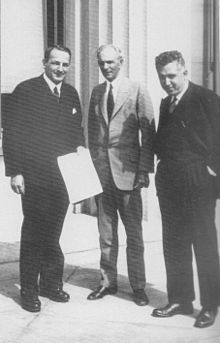
In 1929, in the absence of diplomatic relations between the United States and the Soviet Union, Ford accepted an offer by the Soviet Government to provide technical aid in building the first Soviet automobile plant (GAZ) near Nizhny Novgorod (Gorky). The technical assistance agreement between the Ford Motor Company, VSNKh, and Amtorg (as purchasing agent) was concluded for nine years and was signed in Dearborn on May 31, 1929, by Henry Ford, vice-president of the Ford Motor Company, Peter E. Martin, vice-chairman of VSNKh, Valery I. Mezhlauk, and the president of Amtorg, Saul G. Bron (an additional contract for actual construction of the plant was signed with The Austin Company on August 23, 1929). The contract involved the purchase of $30,000,000 worth of knocked-down Ford cars and trucks for assembly during the first four years of the plant’s operation, after which the plant would gradually switch to Soviet-made components. Ford sent his engineers and technicians to the Soviet Union to help install the equipment and train the working force, while over a hundred Soviet engineers and technicians were stationed at Ford’s plants in Detroit and Dearborn “for the purpose of learning the methods and practice of manufacture and assembly in the Company’s plants.” Said Ford: “No matter where industry prospers, whether in India or China, or Russia, the more profit there will be for everyone, including us. All the world is bound to catch some good from it.”
By 1932, Ford was manufacturing one third of all the world’s automobiles. It set up numerous subsidiaries that sold or assembled the Ford cars and trucks
In My Life and Work, Ford predicted that if greed, racism, and short-sightedness could be overcome, then economic and technological development throughout the world would progress to the point that international trade would no longer be based on (what today would be called) colonial or neocolonial models and would truly benefit all peoples. His ideas in this passage were vague, but they were idealistic.
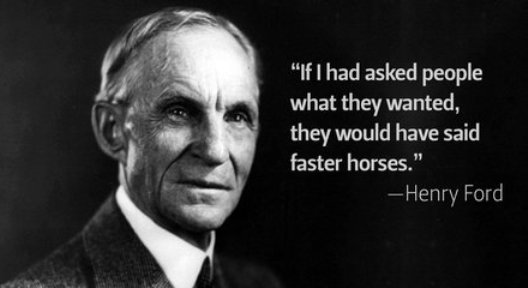
Later Life And Death
When Edsel Ford, President of Ford Motor Company, died of cancer in May 1943, the elderly and ailing Henry Ford decided to assume the presidency. By this point in his life, he had had several cardiovascular events (variously cited as heart attacks or strokes) and was mentally inconsistent, suspicious, and generally no longer fit for such immense responsibilities.
Most of the directors did not want to see him as President. But for the previous 20 years, though he had long been without any official executive title, he had always had de factocontrol over the company; the board and the management had never seriously defied him, and this moment was not different. The directors elected him, and he served until the end of the war. During this period the company began to decline, losing more than $10 million a month ($136,980,000 today). The administration of President Franklin Roosevelt had been considering a government takeover of the company in order to ensure continued war production, but the idea never progressed.
His health failing, Ford ceded the company Presidency to his grandson, Henry Ford II, in September 1945 and went into retirement. He died on April 7, 1947, of a cerebral hemorrhage at Fair Lane, his estate in Dearborn, at the age of 83. A public viewing was held at Greenfield Village where up to 5,000 people per hour filed past the casket.He was buried in the Ford Cemetery in Detroit.
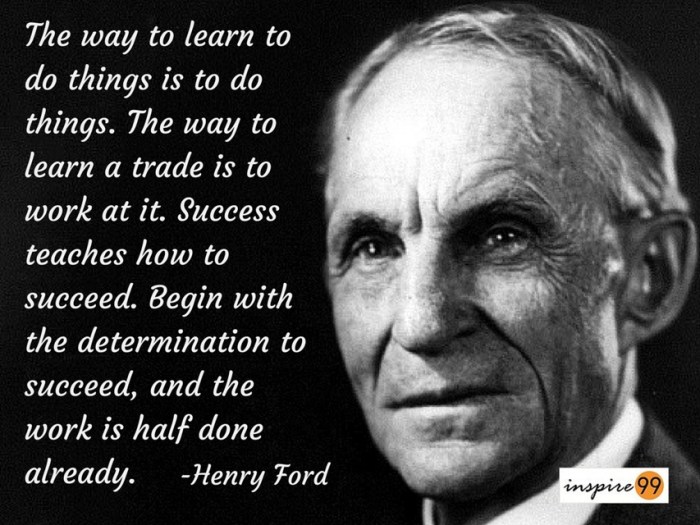
Ford, considered one of America’s leading businessmen, is credited today for helping to build America’s economy during the nation’s vulnerable early years. His legacy will live on for decades to come.


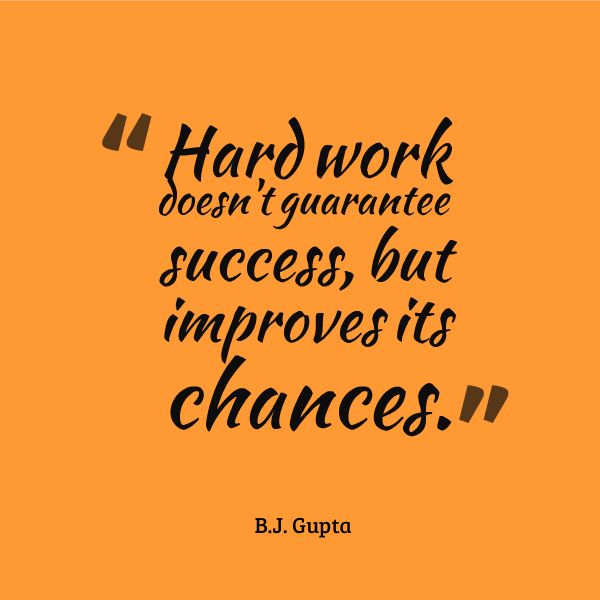
You must be logged in to post a comment.